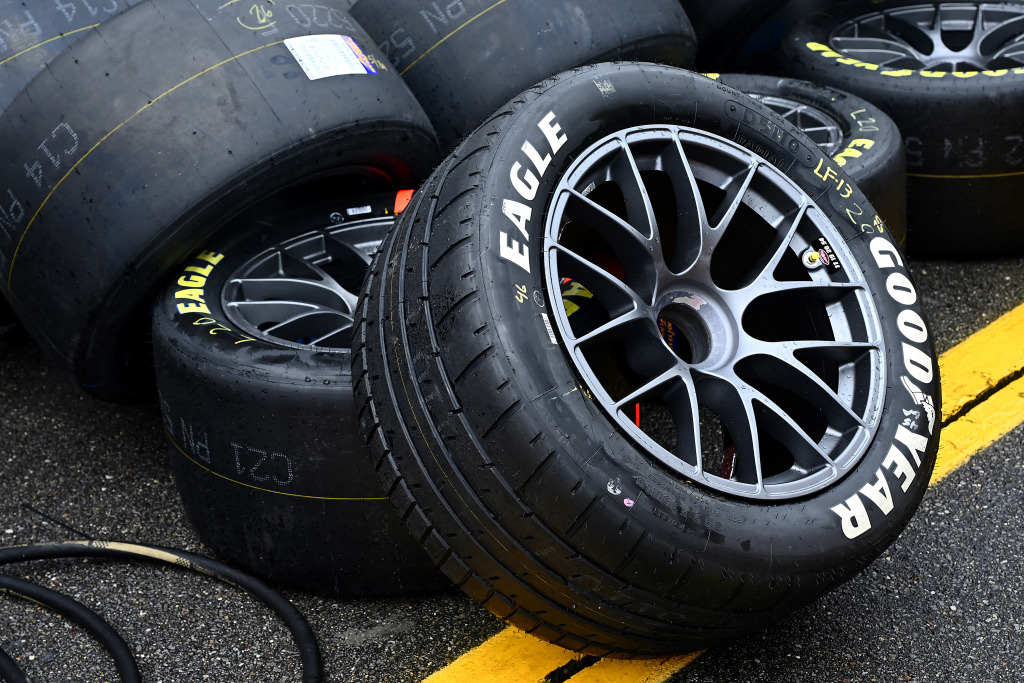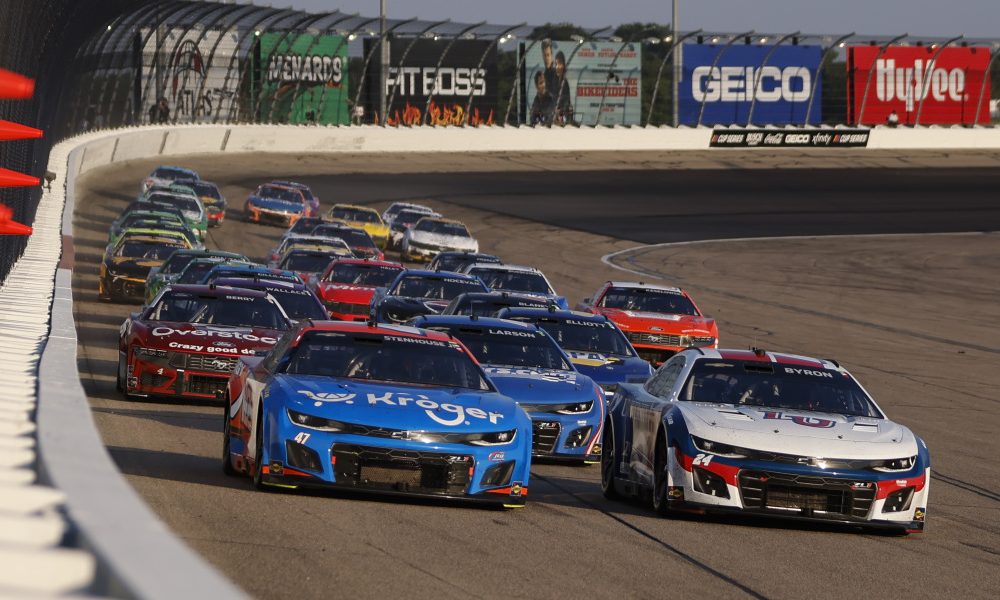Confusion and irritation about NASCAR officiating was rampant after the “Big One” broke out Sunday at Talladega Superspeedway.
There were 27 cars collected in the incident on the backstretch with five laps to go in regulation time. Among the issues raised was NASCAR towing cars back to pit road, two of those being playoff drivers Chase Briscoe and Chase Elliott. Both were damaged in the incident and could not get their cars back under their own power.
IT’S NOT JUST A BIG ONE. IT’S THE HUGE ONE!
Nearly the entire field involved in this crash at Talladega! #NASCAR
: NBC pic.twitter.com/poJkMCPuIn
— NASCAR on NBC (@NASCARonNBC) October 6, 2024
In recent weeks, NASCAR reiterated its rule that if a driver cannot drive back to pit road after being involved in an incident, their race is over. Briscoe and Elliott were both able to finish the race after being rescued, returned to the pits and serviced by their teams.
Another issue was with the red flag. Once lifted and the field put back under yellow, the pace car did not start rolling the field. Meanwhile, those already on pit road before the red flag could have their teams begin working on their cars.
“We’ve got to get that cleaned up as a sport,” JTG Daugherty winning crew chief Mike Kelley said. “There are teams with a lot on the line that are sitting out there just waiting on wreckers to get to them. This is my 30th year doing this, I don’t know if I’ve ever seen them turn the yellow flag on and allow guys to work on cars while other cars are just sitting there [behind the pace car].
[lawrence-auto-related count=3 category=1428]
“I’m sure they’ll think about that and talk about that because if you’re a guy who’s sixth in the championship hunt and you’re sitting there waiting on somebody to get to you, but the other guys are working – maybe I’m looking at it wrong and the DVP clock evens it all out – I was getting confused when Ricky kept coming by. There’s still four cars sitting here.
“They were put in a tough situation with that many cars involved in that wreck and [having] this many wreckers and the cars look to be damaged and in the grass. They couldn’t use the airlift system. Some guys are running it, and some guys are not, so it’s a tough situation. We’ll learn from it and get better at it, but it was a lot of new things kind of happening.”
NASCAR senior vice president of competition, Elton Sawyer, addressed the media Sunday night on those incidents and more.
“I would prefer us not to be standing here talking about this,” Sawyer said. “I want us to be talking about Ricky’s [Stenhouse Jr.] big win, talking about our playoffs, but when you’re in live sporting events and you’re in officiating that’s going to happen from time to time. We’re going to do our absolute best to clean that up and not be in it, but that’s just part of sports.”
Sawyer’s full comments:

